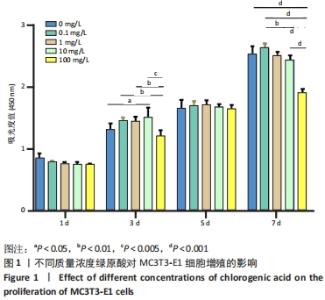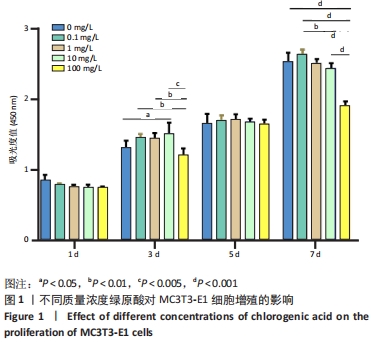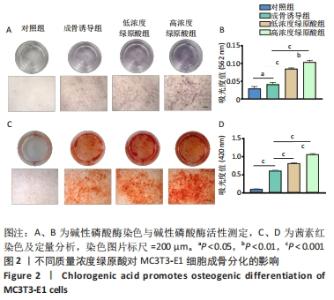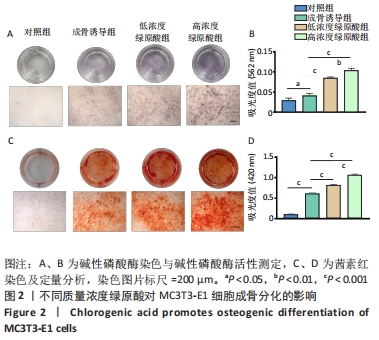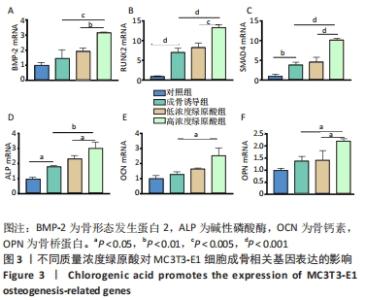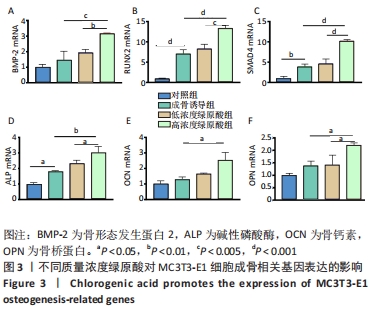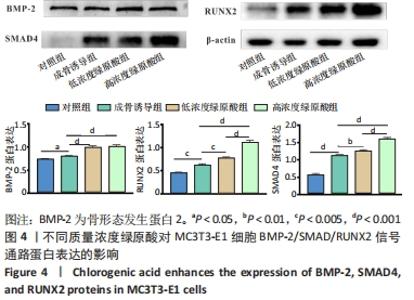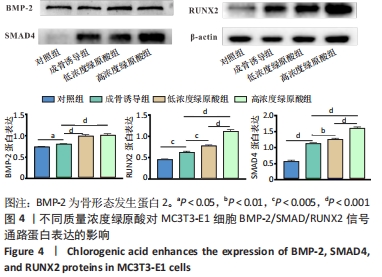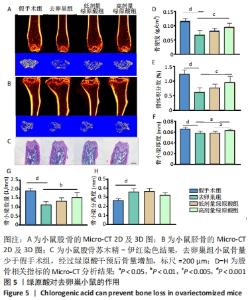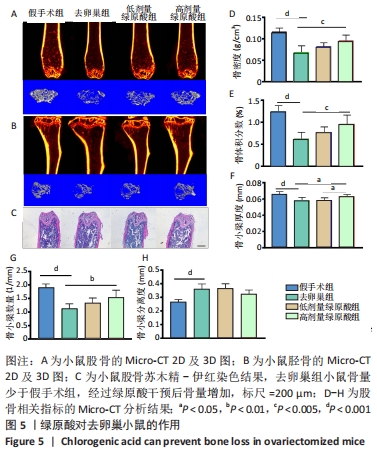[1] SRIVASTAVA M, DEAL C. Osteoporosis in elderly: prevention and treatment. Clin Geriatr Med. 2002;18(3):529-555.
[2] CAUBLE MA, MUCKLEY MJ, FANG M, et al. Estrogen depletion and drug treatment alter the microstructure of type I collagen in bone. Bone Rep. 2016;5:243-251.
[3] HE J, XU S, ZHANG B, et al. Gut microbiota and metabolite alterations associated with reduced bone mineral density or bone metabolic indexes in postmenopausal osteoporosis. Aging (Albany NY). 2020; 12(9):8583-8604.
[4] JOHNSTON CB, DAGAR M. Osteoporosis in Older Adults. Med Clin North Am. 2020;104(5):873-884.
[5] KANIS JA, COOPER C, RIZZOLI R, et al. European guidance for the diagnosis and management of osteoporosis in postmenopausal women. Osteoporos Int. 2019;30(1):3-44.
[6] GUPTA G, ARONOW WS. Treatment of postmenopausal osteoporosis. Compr Ther. 2007;33(3):114-119.
[7] MILLER PD. Denosumab: anti-RANKL antibody. Curr Osteoporos Rep. 2009;7(1):18-22.
[8] BIVER E, FERRARI S. [Osteoporosis]. Rev Med Suisse. 2020;16(676-7): 78-80.
[9] BLACK DM, ROSEN CJ. Clinical Practice. Postmenopausal Osteoporosis. N Engl J Med. 2016;374(3): 254-262.
[10] FOLWARCZNA J, ZYCH M, BURCZYK J, et al. Effects of natural phenolic acids on the skeletal system of ovariectomized rats. Planta Med. 2009; 75(15):1567-1572.
[11] CHOI Y, KIM MH, YANG WM. Promotion of osteogenesis by Sweroside via BMP2-involved signaling in postmenopausal osteoporosis. Phytother Res. 2021;35(12):7050-7063.
[12] CHANGIZI Z, MOSLEHI A, ROHANI AH, et al. Chlorogenic acid induces 4T1 breast cancer tumor’s apoptosis via p53, Bax, Bcl-2, and caspase-3 signaling pathways in BALB/c mice. J Biochem Mol Toxicol. 2021;35(2): e22642.
[13] SALZILLO A, RAGONE A, SPINA A, et al. Chlorogenic Acid Enhances Doxorubicin-Mediated Cytotoxic Effect in Osteosarcoma Cells. Int J Mol Sci. 2021;22(16):8586.
[14] HAN D, GU X, GAO J, et al. Chlorogenic acid promotes the Nrf2/HO-1 anti-oxidative pathway by activating p21(Waf1/Cip1) to resist dexamethasone-induced apoptosis in osteoblastic cells. Free Radic Biol Med. 2019;137:1-12.
[15] ZHOU RP, LIN SJ, WAN WB, et al. Chlorogenic Acid Prevents Osteoporosis by Shp2/PI3K/Akt Pathway in Ovariectomized Rats. PLoS One. 2016;11(12):e0166751.
[16] 王朝元,易继凌,宋超,等.绿原酸对体外培养成骨细胞活性的影响[J].中南民族大学学报(自然科学版),2013,32(2):46-50.
[17] THANGAVEL P, PUGA-OLGUíN A, RODRíGUEZ-LANDA JF, et al. Genistein as Potential Therapeutic Candidate for Menopausal Symptoms and Other Related Diseases. Molecules. 2019;24(21):3892.
[18] KWAK SC, LEE C, KIM JY, et al. Chlorogenic acid inhibits osteoclast differentiation and bone resorption by down-regulation of receptor activator of nuclear factor kappa-B ligand-induced nuclear factor of activated T cells c1 expression. Biol Pharm Bull. 2013;36(11):1779-1786.
[19] APPELMAN-DIJKSTRA NM, PAPAPOULOS SE. Modulating Bone Resorption and Bone Formation in Opposite Directions in the Treatment of Postmenopausal Osteoporosis. Drugs. 2015;75(10):1049-1058.
[20] LI J, HAO L, WU J, et al. Linarin promotes osteogenic differentiation by activating the BMP-2/RUNX2 pathway via protein kinase A signaling. Int J Mol Med. 2016;37(4):901-910.
[21] HUANG RL, YUAN Y, TU J, et al. Opposing TNF-α/IL-1β- and BMP-2-activated MAPK signaling pathways converge on Runx2 to regulate BMP-2-induced osteoblastic differentiation. Cell Death Dis. 2014;5(4):e1187.
[22] KOMORI T. Runx2, an inducer of osteoblast and chondrocyte differentiation. Histochem Cell Biol. 2018;149(4):313-323.
[23] KOMORI T. Regulation of Proliferation, Differentiation and Functions of Osteoblasts by Runx2. Int J Mol Sci. 2019;20(7):1694.
[24] DATTA HK, NG WF, WALKER JA, et al. The cell biology of bone metabolism. J Clin Pathol. 2008;61(5):577-587.
[25] KIM JM, LIN C, STAVRE Z, et al. Osteoblast-Osteoclast Communication and Bone Homeostasis. Cells. 2020;9(9):20723.
[26] WANG L, LIU S, ZHAO Y, et al. Osteoblast-induced osteoclast apoptosis by fas ligand/FAS pathway is required for maintenance of bone mass. Cell Death Differ. 2015;22(10):1654-1664.
[27] CHEN X, WANG Z, DUAN N, et al. Osteoblast-osteoclast interactions. Connect Tissue Res. 2018;59(2):99-107.
[28] MATSUOKA K, PARK KA, ITO M, et al. Osteoclast-derived complement component 3a stimulates osteoblast differentiation. J Bone Miner Res. 2014;29(7):1522-1530.
[29] RACHNER TD, KHOSLA S, HOFBAUER LC. Osteoporosis: now and the future. Lancet. 2011;377(9773):1276-1287.
[30] HADJIDAKIS DJ, ANDROULAKIS II. Bone remodeling. Ann N Y Acad Sci. 2006;1092:385-396.
[31] ERIKSEN EF. Cellular mechanisms of bone remodeling. Rev Endocr Metab Disord. 2010;11(4):219-227.
|
